I’m writing this from the comfort of my own house, having finished hiking the Hayduke Trail after a completely enjoyable 75-day adventure. While circumstances prevented me from hiking the entire length of the HT, I still managed to walk over 600 miles and see and experience some incredible parts of the public lands of the Colorado Plateau, from Arches National Park to the Weeping Wall at Zion National Park.
Ray, Dave, and I left the Grand Canyon after passing Jump-up Canyon, still deep in Kanab Creek Canyon, albeit a dry section (much to our concern). A tip from a backcountry ranger led us to a 500-gallon plunge pool, located in a small, narrow side canyon. The pool provided us with one of the most bizarre sounds of the trek and helped ensure enough water, but that later became irrelevant as the flow returned to the creek bottom by the time we got up towards Hack Canyon, our exit. The last night “under the rim” was spent under an overhang after a dark bank of clouds rolled in as we ate dinner; bats kept our “cave” delightfully clear of all the biting insects that harassed us along the way. We hiked the entire length of Hack Canyon the next day; after finding a dead bird and warning signs on the one spring in the canyon that we had hoped to get some water from, we decided to head toward the main road that marks the end of the section a day early, knowing that we’d encounter motorists passing by frequently enough to be able to use them as a last resort (with the hopes that some will have a little water to spare). Fortunately, Glenn Purpura arrived as scheduled to resupply us, meeting us out on the vast Arizona Strip with a truck full of food and water, cold beer and no bikes! Glenn came to the same conclusion that Ray and I had: riding bikes on sandy double tracks in hundred-degree heat would be less than pleasant, and, as seeing the latest information still indicated too much water in the Barracks, or East Fork of the Virgin River, for us to safely attempt a passage, he assumed he’d be bringing us around the river to Zion, which is exactly what he did.
 Exploring Muddy Rock
Exploring Muddy RockFour of us climbed up the East Rim Trail from the East Entrance of Zion National Park up onto Cable Mountain for one last night under the stars before our adventure came to its close. Hiking up was surprisingly easy with our near empty packs and light water loads, the vertical seemed negligible, at least relative to what I had already encountered in places like the Grand Canyon and Dark Canyon. Hiking through the recently burned forest was fascinating, with new growth sprouting everywhere. Getting out to the edge of Cable Mountain was a jaw-dropping experience to say the least; I finally found an exposure on the trek that was beyond my margin of comfort—the sheer 2000-foot drop to the floor of Zion Canyon was more than I could bear to get near.
On the morning of the summer solstice, on the 75th day of an awesome and unforgettable adventure, accompanied by Ray (on his 52nd day out), Dave (on his 10th day), and Glenn (3rd day!), I hiked down the couple thousand feet from the rim to the floor of Zion Canyon to the end of the Hayduke Trail.
Driving home was a drag; being confined to sitting in a vehicle for six hours was a big change, but this time my adjustment back to the man-made world will be easier as I got to come home this time to the laid back small town of Moab instead of an impatient overgrown suburb like Salt Lake City (which I called home during my two prior multi-month treks). I got to spend a couple days unwinding behind the oars of my little whitewater raft on the still high waters of the Colorado River, now I get to finish moving into the house we bought just before the adventure began!
I greatly enjoyed this adventure, in part because of the solo time I had out, and in part because of the company I had, particularly Ray and his refreshing perspective on our crazy world.
Here’s some closing thoughts about what was great and not-so-great about the adventure, from both Ray and I:
Best Scenery—
anywhere we went through with the sheer Navajo sandstone walls of the White Cliffs. An especially good view was from the top of No Man’s Mesa looking up Park Wash towards Bryce Canyon NP. (Ray) There’s two places that immediately come to mind, the view from the south summit of Mt. Ellen in the Henry Mountains overlooking the Waterpocket Fold, the Aquarius Plateau, the Dirty Devil drainage, the San Rafael Swell and so much more, and the view from the top of the butte that Ray and I hiked out onto by Saddle Mountain overlooking House Rock Valley and Marble Canyon on one side, and the Nankoweap drainage and the Grand Canyon on the other.
Biggest Surprise— crossing the Kaibab Plateau.
I’d expected the Kaibab Forest to be boring miles that had to be cranked out between amazing slots and the Grand Canyon. However, it was a beautiful, cool, calm place to walk with a sense of order after being in such wild rock formations. The scenery still changed daily as we gained elevation, from pj’s, to ponderosa, to mixed conifer and aspens. The nightly serenade of coyotes was a special bonus. Seeing the amount, color, and velocity of the water in Dark Canyon. Ron and I were still high on the trail when we first saw the creek, normally a fairly docile flow. The immediate thought was that we couldn’t cross, and yet we didn’t really have enough food to get around any other way. I was also surprised at how much I enjoyed my solo time and at how many people ultimately joined me on this “solo” trek!
Worst Experience—
any time we tried to get information from government agencies concerning backcountry travel. The staff at the BLM, Forest Service, and National Park Visitor Centers haven’t been on any of the trails they’re giving information for. Every time we sought a report on trail conditions we were told it was undoable, which is apparently the standard answer rangers are told to recite to save the lowest common denominator of tourists from themselves. The nastiest thing I encountered on the HT was the odor and conditions above the Supai Tunnel, on the North Kaibab trail in Grand Canyon National Park. The volume of mule waste left a putrid smell in the air while the ground was slick with urine or covered in “droppings.”
Campsites—
Of all the amazing places I’ve slept over the last few months, from scenery straight out of a fantasy world to views too big to comprehend, and the excitement of sleeping on the edge of a 1500-foot cliff, my best camp of the trip goes to one in Coyote Gulch for its spatial qualities. The camp was in a rincon with 300-foot high redrock walls completely encircling a tower in the middle and us. The worst campsite we had was determined by our unwillingness to sleep in a narrow river corridor in case of flash floods. We pushed through the scenic spots of lower Hackberry Canyon and camped in a dirt trailhead parking lot with the remnants of cattle grazing on the ground and powerlines humming overhead. My favorite camp is one where you can hear water running; trickles from a spring, or the roar of a rapid, so there were many in the last couple of months. My least favorite is when you can hear vehicle travel; fortunately these were infrequent.
Gear—
the function and versatility (along with some pride) makes my homemade tent/fly my best piece of gear. Originally I’d designed it as a bombproof winter shelter that utilized my trekking/ski poles as the structure to save weight. This was its first long term test and it held up great in thunderstorms, added needed warmth on chilly nights and, best of all, I figured out I could turn it upside down and rig it as a hammock in good weather and even use it as a poncho that covers both hiker and pack in the rain. By the way, any tent companies looking for R&D people, I need a job! My gear held up pretty well with the exception of a bunch of zippers, which all failed; my tent screen body (which does have well over 100 nights out), my convertible pants legs, one on my pack, a storage bag. The Miox water purifier deserves mention; it’s soooooo easy!
I owe a huge thanks to the many great companies that helped not only make this adventure a success, but that kept me comfortable, healthy, hiking and happy;
·Duofold (their Varitherm layering system rocks!)
·Alpine Aire (tasty freeze dried foods, fruit and wild rice snacks.)
·Ultima Replenisher (sports drink with no sugar, so much better than the big seller)
·Clif Bars
·Vasque (hiking boots that actually survived the Hayduke Trail)
·Thorlo (hiking socks, happy feet)
·Kelty (tent and sleeping bags)
·Red Ledge (rain/wind shells)
·Leki (trekking poles)
·Adventure Medical Kits
·Osprey Backpacks
·Brunton (compass, binoculars)
·Cascade Designs (Miox water purifier, Therma-Rest sleeping pad/chair kit, snowshoes)
·Exofficio clothing (comfy!)
·Gerber (multi-tool)
·Chaco sandals
·Smith Optics
·ACR Electronics (Personal Locator Beacon)
·Ruff Wear (canine gear)
·Reliance Products (water jugs, cache buckets)
I also owe a huge debt of gratitude to my wonderful wife Collette, who has been incredibly helpful and supportive as I have strived to showcase the beauty of these wonderful natural areas and the politics that put these unique places at risk.
I encourage people to stand up to the corporate thugs who are bullying their way into destroying what rightfully belongs to all of us, by joining up with the Southern Utah Wilderness Alliance, Red Rock Forests, or any other group dedicated to the protection of the land that makes the Hayduke Trail so special!
Get involved before it’s too late. Please.
Keep it Wild,
Mike Coronella
The Hayduke Trail Guide is available from the University of Utah Press at:
www.UofUpress.com
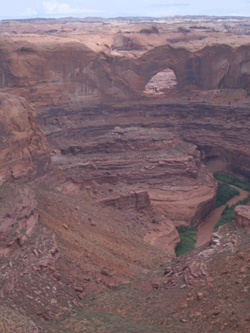

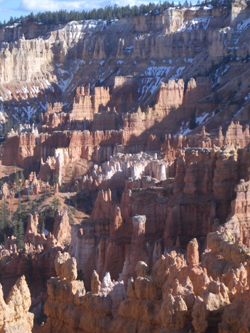
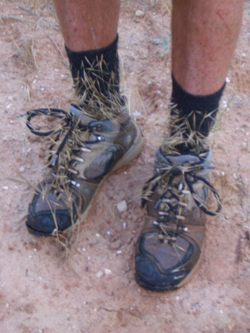
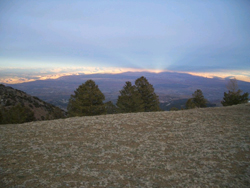
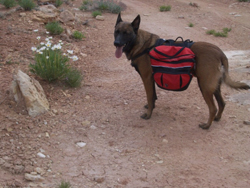
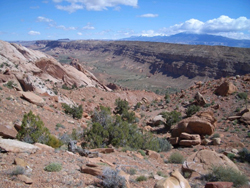
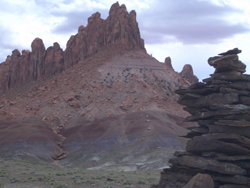
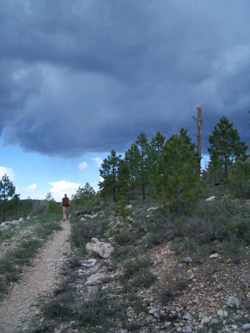
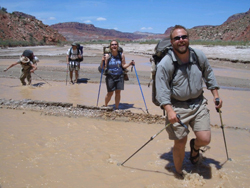
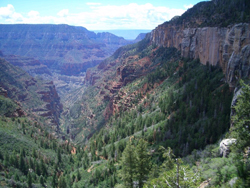
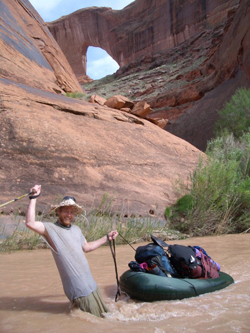
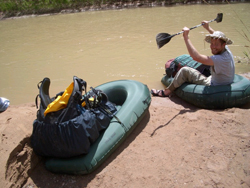


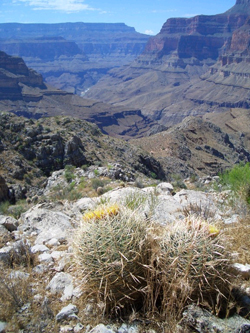
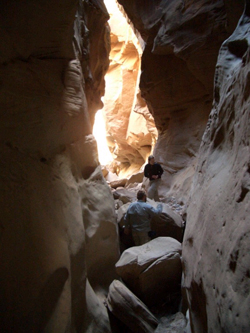
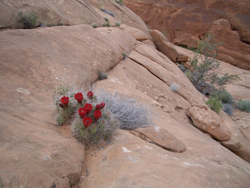
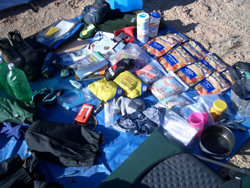

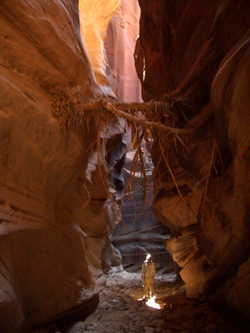
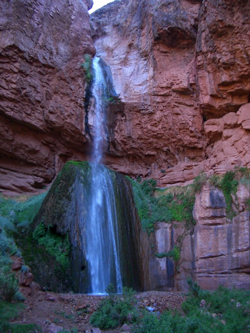
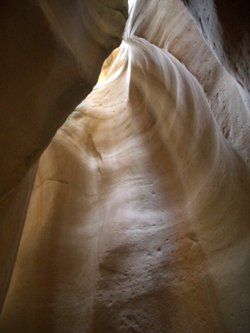
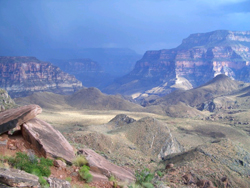
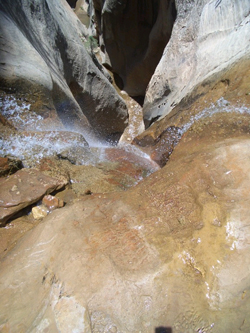
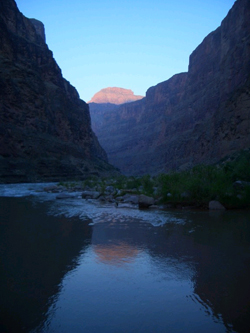

 Subscribe to Mike and Mitch's RSS Feed
Subscribe to Mike and Mitch's RSS Feed
